The world of artificial intelligence is no longer exclusive to programmers. Creative professionals, from artists and writers to designers and musicians, are discovering the immense power of generative AI tools. These innovations are reshaping how ideas are born and brought to life. However, unlocking their full potential requires more than just typing a few words.
This is where prompt engineering comes in. It’s the art and science of crafting effective instructions that guide AI models to produce desired outputs. For non-coders, mastering this skill is about learning to speak the AI’s language. It’s about transforming vague ideas into precise commands, ensuring the AI understands your creative vision.
This guide will demystify prompt engineering, offering practical strategies and techniques for creative professionals. You don’t need to write a single line of code to become a proficient AI communicator.
Key Takeaways:
- Prompt engineering is crucial for guiding AI, even for non-coders.
- Clarity, context, and iterative refinement are core to effective prompting.
- Specific techniques exist for visual art, writing, and design.
- Popular no-code AI tools enable seamless creative workflows.
- Ethical considerations and avoiding common pitfalls are vital for responsible AI use.
Understanding Prompt Engineering: Beyond Code
What is Prompt Engineering?
Simply put, prompt engineering is the process of designing and refining inputs (prompts) for AI models to achieve optimal and desired results. Think of it as giving precise directions to a highly intelligent, but literal, assistant. The better your directions, the better the outcome.
It’s not about coding or complex algorithms. Instead, it focuses on natural language. You use words, phrases, and structures to communicate your intent. This approach makes it incredibly accessible to anyone, regardless of their technical background.
Why It’s Essential for Creatives
For creative professionals, AI is a powerful co-pilot. It can generate concept art, draft marketing copy, brainstorm story arcs, or even create musical compositions. Without effective prompting, however, your AI results might be generic, irrelevant, or simply not what you envisioned.
Mastering prompt engineering means:
- Accelerated Ideation: Quickly generate diverse concepts.
- Enhanced Quality: Produce outputs closer to your artistic vision.
- Increased Efficiency: Automate repetitive tasks and focus on high-level creativity.
- Unlocking New Possibilities: Explore creative avenues previously impossible.
The Art of Effective AI Communication

Communicating with AI effectively requires a shift in mindset. It’s less about talking to a machine and more about guiding a creative collaborator. Here are the foundational principles:
Clarity and Specificity: The Foundation
Vague prompts lead to vague outputs. Be as precise as possible. Instead of “a cool landscape,” try “a vibrant, fantastical landscape at sunset, with bioluminescent flora and a towering, spiral mountain in the distance, cinematic lighting, ultra-detailed.”
- Use descriptive adjectives: “old,” “futuristic,” “melancholic.”
- Specify nouns: “oak tree,” “electric guitar,” “porcelain doll.”
- Define actions: “running,” “whispering,” “exploding.”
Context and Constraints: Guiding the AI
Provide the AI with necessary context. Tell it the style, mood, or purpose of the output. For example, for an image, specify “in the style of Van Gogh” or “a minimalist design.” For text, indicate “write a short story,” “generate five headlines,” or “in the tone of a professional journalist.”
Constraints are equally important. You can tell the AI what to exclude or limit. “Generate a character profile, but exclude any magical abilities.” This helps narrow down the possibilities and refine the output.
Iterative Refinement: The Power of Trial and Error
Rarely will your first prompt yield perfection. Prompt engineering is an iterative process. Generate an output, evaluate it, and then refine your prompt based on what worked and what didn’t. This feedback loop is essential for continuous improvement.
Think of it as sculpting. You start with a general shape, then chip away details, adding and subtracting until your vision emerges.
Understanding AI “Personalities” and Limitations
Different AI models excel at different tasks. Some are better at generating images, others at text. Even within text models, some are more creative, while others are better at factual summarization. Experiment with various tools to find what suits your creative needs. Also, be aware of their limitations. AIs may struggle with complex reasoning, abstract concepts, or maintaining long-form narrative consistency.
Practical Prompting Techniques for Creative Domains
Visual Arts: Crafting Imagery with Words
For text-to-image models (like Midjourney, DALL-E, Stable Diffusion), your prompts become a visual script. Describe every element you want to see, and importantly, how you want it to look.
- Subject: “A lone astronaut,” “a whimsical cottage.”
- Environment: “on a misty mountain,” “in a bustling cyberpunk city.”
- Style/Medium: “oil painting,” “digital art,” “photorealistic,” “concept art,” “watercolor.”
- Lighting/Mood: “dramatic volumetric lighting,” “soft morning glow,” “eerie, mysterious atmosphere.”
- Composition/Angle: “wide shot,” “close up,” “from a low angle.”
Example: 'A majestic dragon soaring above a medieval castle, golden hour, epic fantasy art, highly detailed, by Frank Frazetta, 8K resolution.'
Written Content: Generating Ideas and Narratives
AI can be a powerful brainstorming partner for writers.
- Brainstorming: “Give me five plot twists for a sci-fi mystery about a lost colony.”
- Character Development: “Describe a rogue space pirate with a tragic past, including their appearance and a unique habit.”
- Content Generation: “Write an introductory paragraph for a blog post about sustainable fashion, with an optimistic tone.”
- Summarization: “Summarize this article on quantum physics into bullet points for a general audience.”
Example: 'Generate three distinct taglines for a luxury eco-tourism brand targeting adventurous young professionals, emphasizing sustainability and unique experiences.'
Design & Concepts: Shaping Digital Blueprints
Designers can use AI for rapid prototyping, logo ideas, or UI/UX mockups.
- Logo Concepts: “Design a minimalist logo for a coffee shop called ‘The Daily Grind,’ incorporating a coffee bean and a book, modern aesthetic.”
- UI/UX Ideas: “Propose three different user interface layouts for a mobile fitness tracking app, focusing on ease of use and visual appeal.”
- Product Design: “Create a concept image for a futuristic, ergonomic computer mouse made from recycled materials, sleek design.”
Example: 'Imagine a minimalist, modern living room interior design concept, with natural light, indoor plants, and a comfortable reading nook.'
Beyond Basic Prompts: Negative Prompts, Styles, and Modifiers
Advanced techniques allow for even greater control:
- Negative Prompts: Tell the AI what you don’t want. For image generation,
'--no text, blurry, distorted'can prevent unwanted elements. - Styles and Artists: Specify artistic styles (e.g., “Art Nouveau,” “Cubist”) or famous artists (e.g., “by Vincent van Gogh,” “inspired by Hayao Miyazaki”).
- Modifiers: Add details like “8K,” “photorealistic,” “cinematic,” “highly detailed,” “unreal engine,” for higher fidelity outputs.
- Weighting (platform-dependent): Some platforms allow you to assign importance to parts of your prompt (e.g.,
'red::2 car::1'makes “red” twice as important as “car”).
No-Code Tools for Creative AI Workflows
The beauty of modern AI tools is their user-friendliness. You don’t need to touch a single line of code to use them effectively.
Popular AI Platforms
- DALL-E 3 (OpenAI): Excellent for image generation, particularly good at understanding complex descriptive prompts. Integrates well with ChatGPT Plus.
- Midjourney: Renowned for its artistic, high-quality image generation, often favored by concept artists and illustrators. Accessible via Discord.
- Stable Diffusion (Stability AI): An open-source option that can be run locally or used through various online interfaces, offering high customization.
- ChatGPT (OpenAI): Versatile for text generation, brainstorming, coding assistance, and more.
- Claude (Anthropic): Strong competitor to ChatGPT, known for its conversational abilities and longer context windows.
- Google Gemini: A powerful multimodal AI capable of understanding and generating various content formats.
Integrating AI into Your Creative Process
Consider AI as another tool in your creative toolkit, similar to Photoshop or a word processor. You can use it at various stages:
- Brainstorming Phase: Rapidly generate ideas for themes, characters, or compositions.
- Drafting/Sketching: Create preliminary versions of text or images to get a feel for the direction.
- Refinement: Use AI to iterate on specific elements or explore variations.
- Inspiration: Combat creative blocks by asking AI for unexpected ideas.
Ethical AI & Responsible Prompting
As creative professionals, using AI comes with responsibilities. Awareness of ethical considerations is paramount.
Acknowledging Bias and Limitations
AI models are trained on vast datasets, which can reflect existing biases in society. Outputs might perpetuate stereotypes or generate inaccurate information. Always critically evaluate AI-generated content. Fact-check text, and ensure images align with your values and diverse representation.
Copyright and Attribution in the AI Era
The legal landscape around AI-generated content is still evolving. Research the terms of service for each AI tool you use regarding commercial use and ownership. When incorporating AI elements into your work, consider disclosing their use, especially if it’s a significant portion of the final output. Respect original artists and intellectual property.
Common Prompting Pitfalls to Avoid
Even with the best intentions, prompts can go wrong. Here are frequent mistakes:
- Vague Instructions: “Make a picture.” This will lead to unpredictable, often unusable results. Be specific!
- Expecting Perfection on the First Try: AI is not a mind-reader. It requires guidance and refinement.
- Ignoring Iteration: Don’t generate one prompt and move on if it’s not perfect. Tweak, adjust, and re-run.
- Over-Promoting: Sometimes, too many instructions can confuse the AI. Find a balance between detail and conciseness.
- Not Experimenting: Sticking to the same prompt structures limits your potential. Try new keywords, new orderings, and new techniques.
The Future of Creativity with AI
AI is not here to replace human creativity, but to augment it. As prompt engineering evolves, it will become an even more intuitive dialogue between human intention and artificial intelligence. Creative professionals who embrace these tools and master the art of AI communication will find themselves at the forefront of a new artistic revolution, pushing boundaries and bringing imaginative ideas to life faster and more innovatively than ever before.
Conclusion
Prompt engineering is the gateway for non-coders to harness the incredible power of artificial intelligence. By understanding the principles of clear communication, specificity, and iterative refinement, creative professionals can transform their workflows, generate stunning outputs, and unlock new dimensions of their artistic expression. Start experimenting today, and discover how AI can become your most versatile creative partner.
FAQ
Q1: Do I need to learn to code to use AI tools for creative work?
No, absolutely not. Most modern generative AI tools are designed with user-friendly interfaces that require no coding knowledge. Your primary skill will be crafting effective natural language prompts.
Q2: What’s the most important tip for a beginner in prompt engineering?
Start with specificity. Instead of broad terms, use descriptive adjectives, clear nouns, and precise instructions. The more detailed your prompt, the closer the AI will get to your vision.
Q3: Can AI steal my creative style or ideas?
AI models learn from vast datasets, but they don’t ‘steal’ in the human sense. They generate new content based on patterns they’ve observed. However, always check the terms of service of the AI tool you use regarding intellectual property and commercial use. Ethical considerations are important.
Q4: How do I choose the best AI tool for my creative project?
It depends on your project. For highly artistic images, Midjourney or Stable Diffusion might be great. For text generation and brainstorming, ChatGPT or Claude are excellent. Experiment with different tools to see which best fits your specific needs and aesthetic preferences.
Q5: Is AI going to replace creative jobs?
AI is more likely to transform creative jobs rather than replace them entirely. Professionals who learn to effectively use AI as a tool will gain a significant advantage, automating repetitive tasks and focusing on higher-level conceptual and strategic work that requires human intuition and empathy.
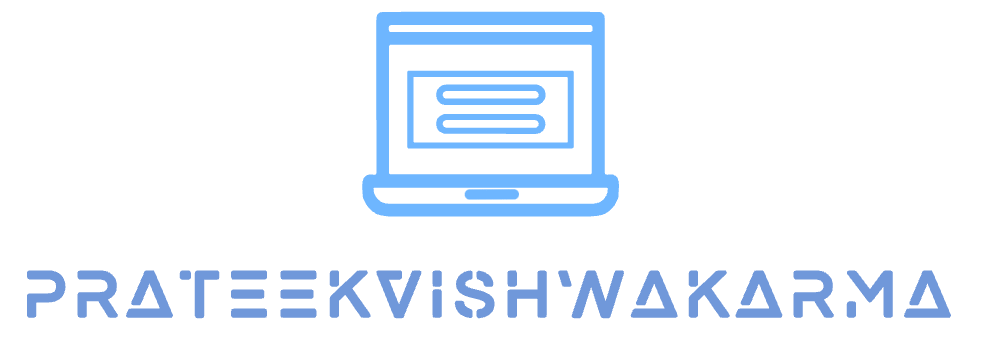



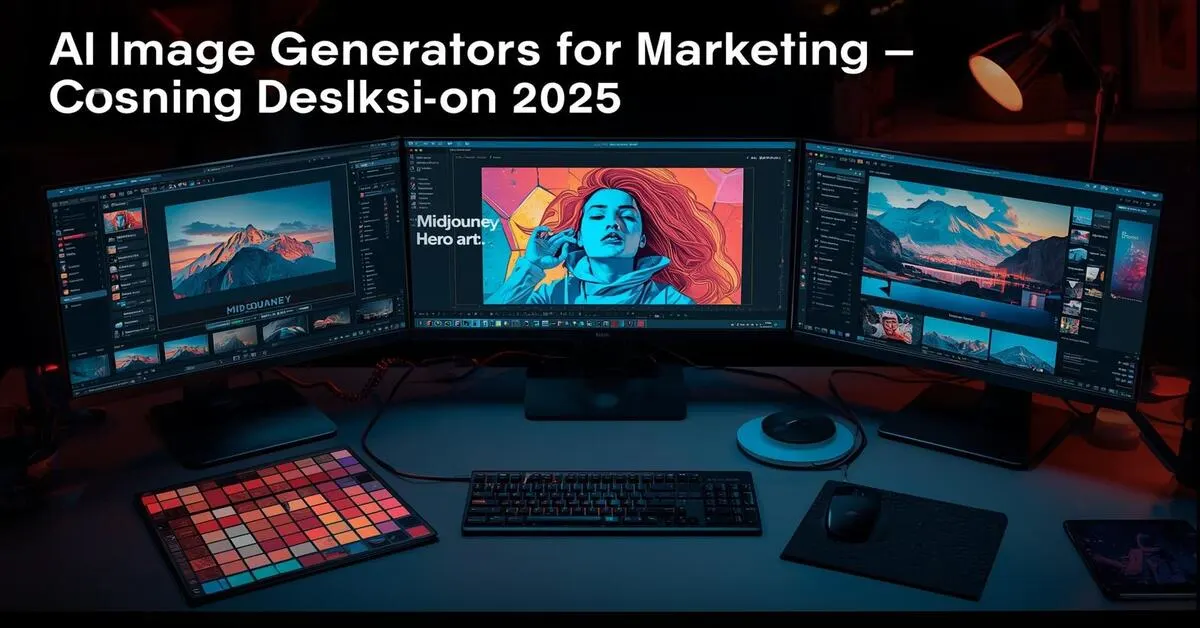

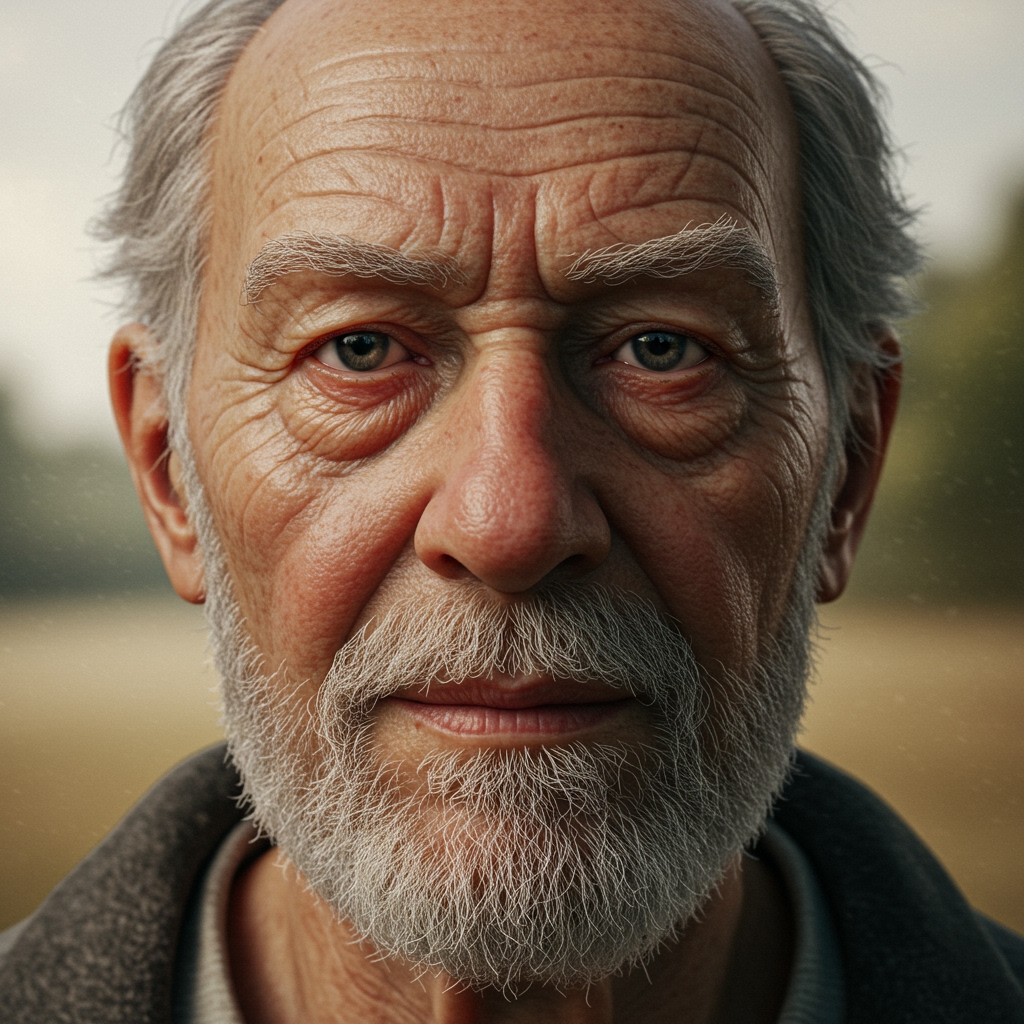


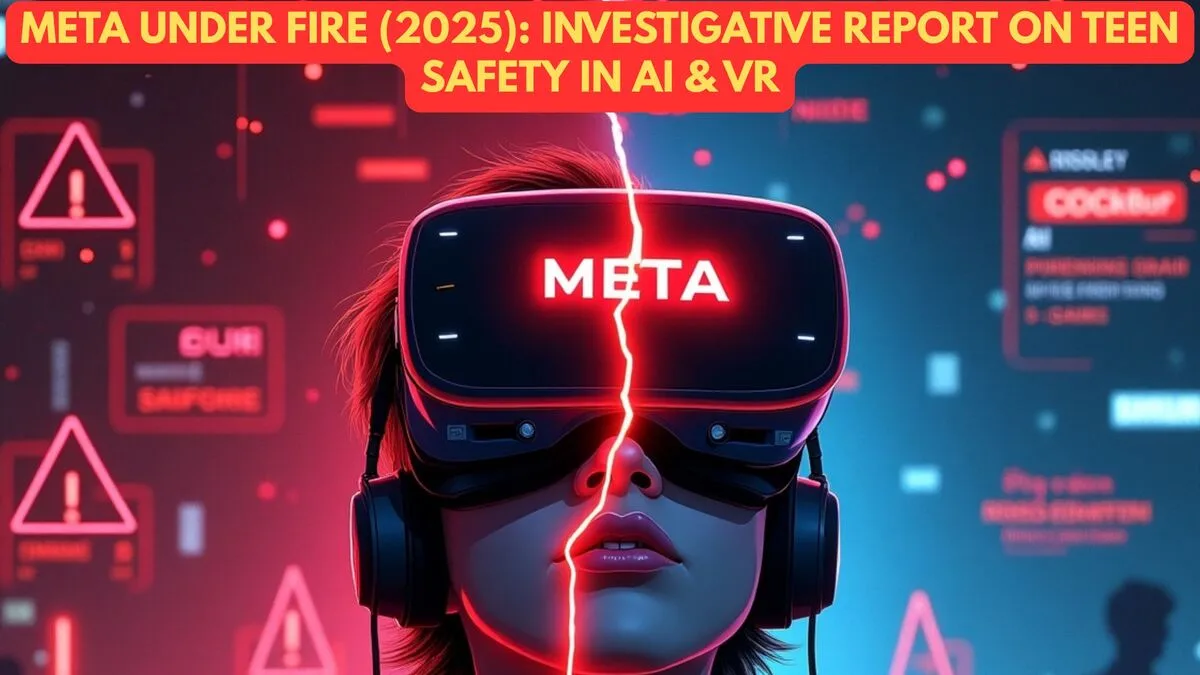



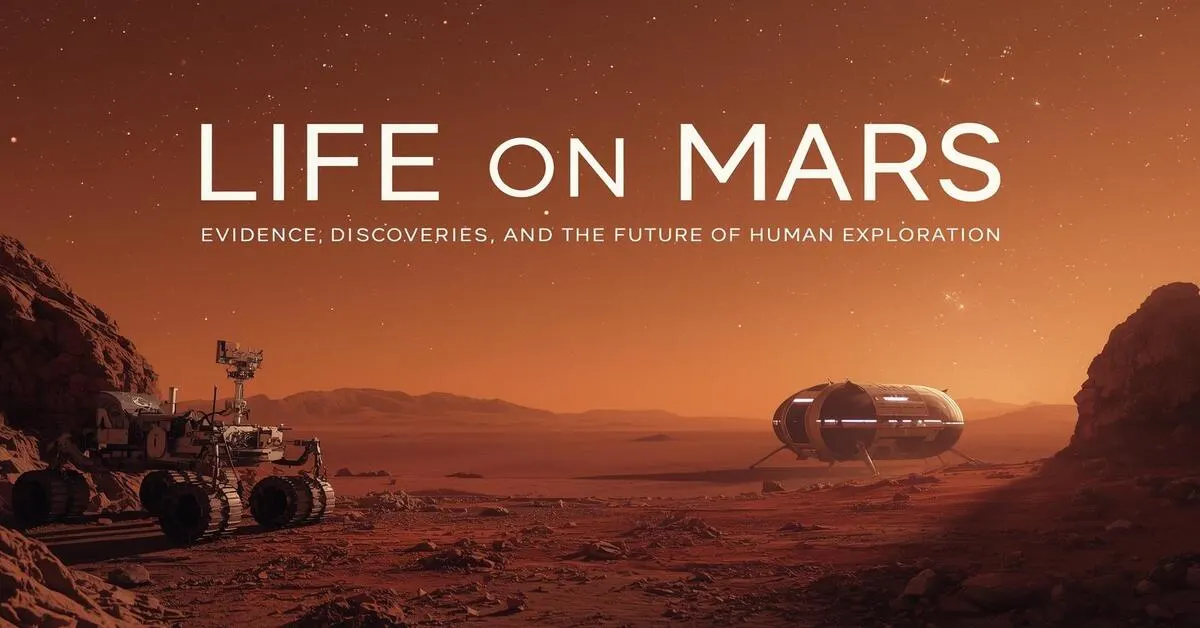


Add a Comment